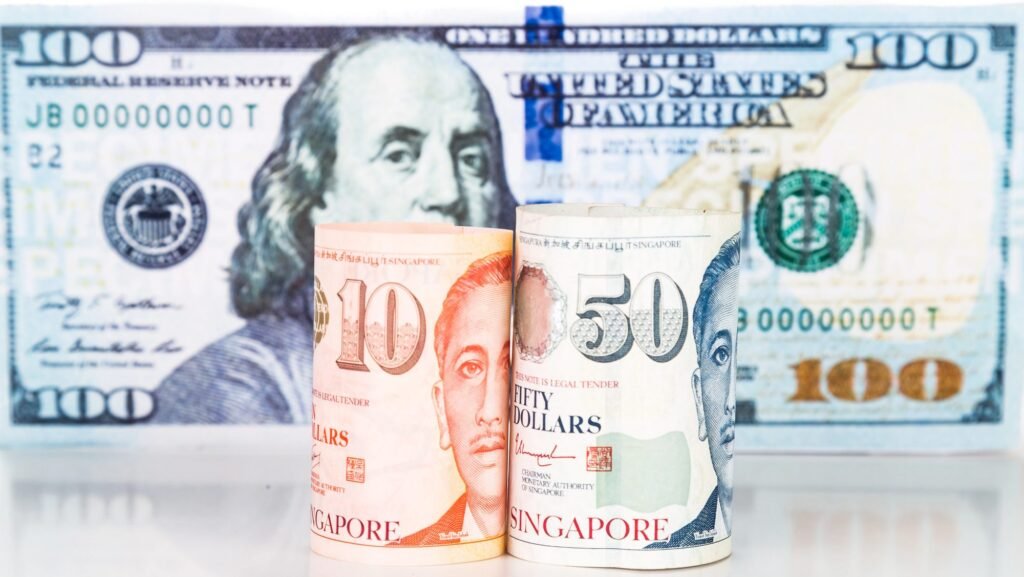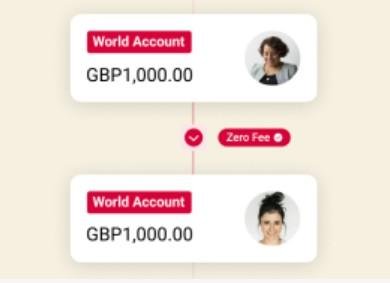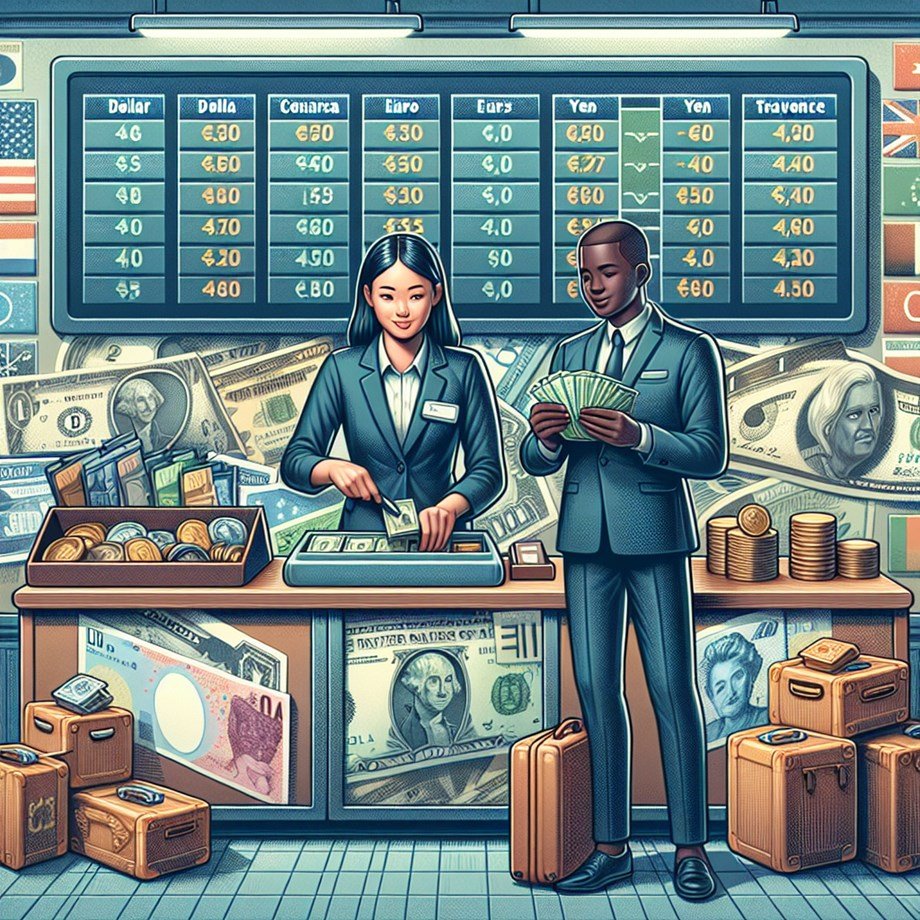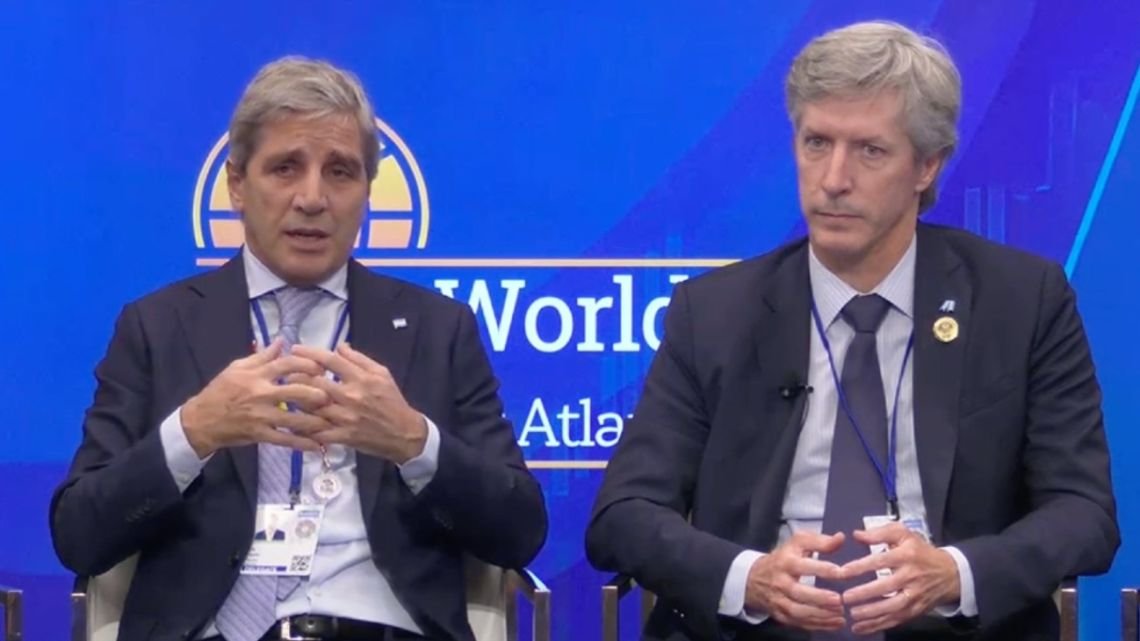In a potentially game-changing move for regional finance, China is reportedly in talks with South Korea and Japan to create a three-way currency swap agreement—a first for East Asia’s three biggest economies.
If it happens, this pact could be more than just financial housekeeping. It might mark a major step away from dependence on the US dollar, while also strengthening regional ties in the face of common economic pressures—many of which stem from recent US trade policies.
What’s happening?
According to a report from the South China Morning Post, China’s central bank governor, Pan Gongsheng, recently raised the idea during last week’s IMF–World Bank annual meetings in Washington. He reportedly met with his counterparts from South Korea (Rhee Chang-yong) and Japan (Kazuo Ueda) to discuss the possibility.
While still in early stages, the idea reflects a broader strategic shift toward regional financial cooperation.
Why now?
All three countries have been dealing with sluggish exports, partly due to US tariffs that ramped up under the Trump administration and haven’t entirely gone away. Creating a trilateral swap line—essentially, an agreement to exchange currencies in times of need—would give them a financial safety net and send a political message — East Asia is willing to look inward for support, not just to Washington.
China, in particular, sees this as part of its long-term push to internationalise the yuan. It already has swap lines with over 30 countries, totalling more than 4.5 trillion yuan (around $625 billion). A deal with Japan and South Korea would be a powerful extension of that strategy.
“With all three economies facing similar pressures, regional financial cooperation is no longer just an option—it’s a strategic imperative,” said one international finance expert.
South Korea: The bridge between giants
South Korea is in a unique position to help this happen. It already has swap deals with both neighbours.
A yuan-won swap with China, first signed in 2002 and expanded over time to $59 billion, though that agreement expired this month.
A dollar-based swap with Japan, signed in 2023. This arrangement helps Japan support its weakening yen without directly using its own currency.
Because of these existing relationships, Seoul could serve as a key bridge in forming a three-party deal.
Japan’s role: Still on the fence
The wildcard here is Japan.
As a country with a quasi-reserve currency, Japan doesn’t rely on currency swaps as heavily as others—and tends to be cautious about new financial commitments. It’s unclear whether Tokyo will see enough upside to sign on.
That said, if Japan does agree, it would signal a significant policy shift, especially given its usual preference to work through frameworks that include the United States.
There’s speculation that the new swap could be linked to the Chiang Mai Initiative—a broader Asian financial safety net created after the 1997 Asian Financial Crisis—or exist as a standalone deal.
The US angle: Complicating Korea’s position
The talks also come as South Korea tries to secure a separate, unlimited swap line with the United States—a request Washington has so far declined.
Seoul recently struck a major investment deal with the US, pledging $350 billion in American industries in exchange for potential tariff relief. But with foreign exchange reserves sitting at just 22.2% of GDP, Korea still feels exposed—and wants stronger guarantees from Washington.
So far, the US has pushed back, reportedly asking for more ironclad commitments. South Korea’s National Security Advisor Wi Sung-lac put it bluntly: “Korea proposed it, and the US reviewed it, but it was not accepted.”
What’s next?
This proposed three-way swap deal is still just that—a proposal. But the timing might finally be right.
With global markets increasingly volatile and geopolitical rifts widening, East Asia’s economic heavyweights may find strength in cooperation. While there may be some political hesitation, this pact could lay the foundation for something bigger — genuine East Asian financial integration.
For now, the world is watching—and waiting—to see if these talks turn into action.






